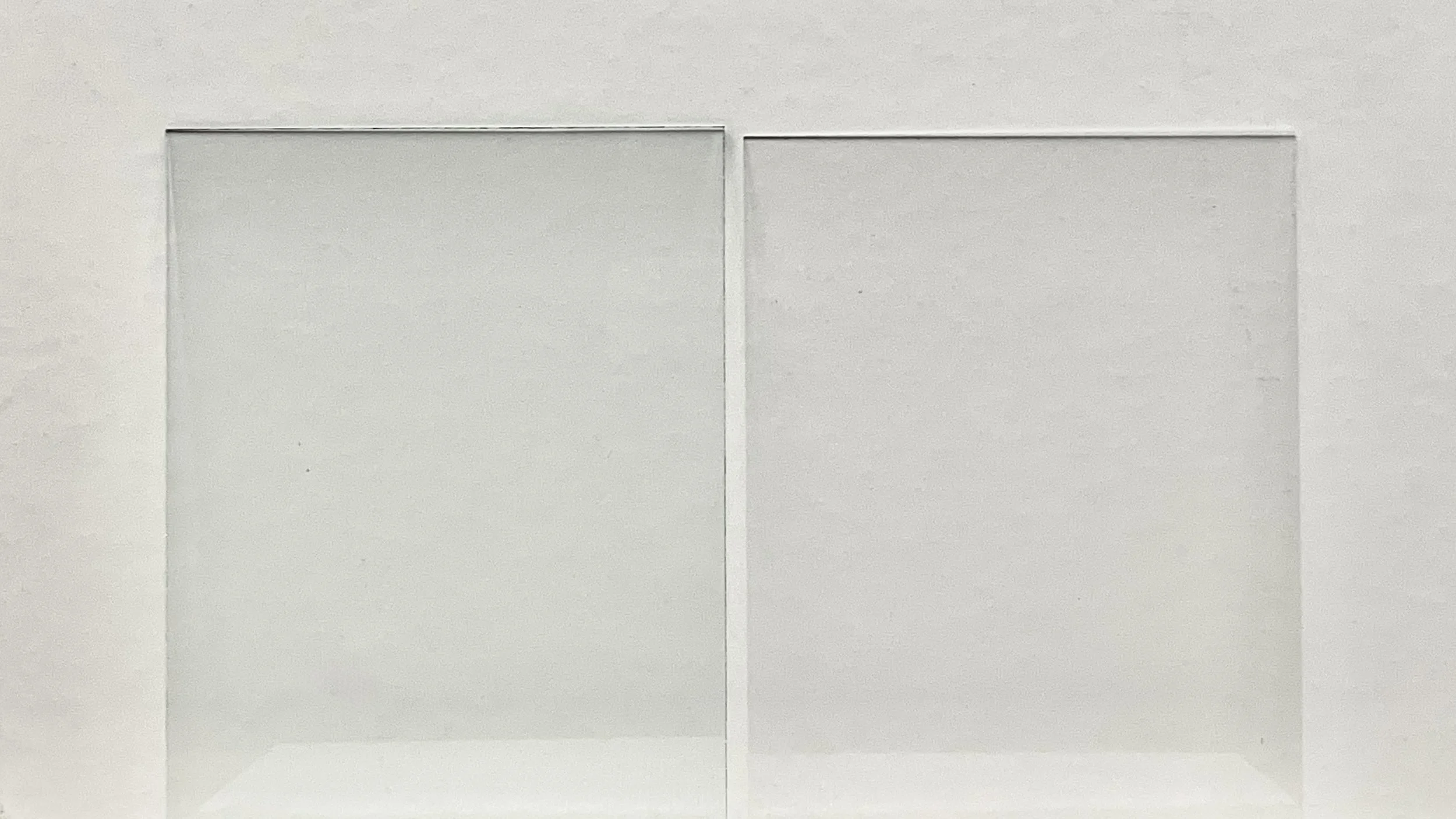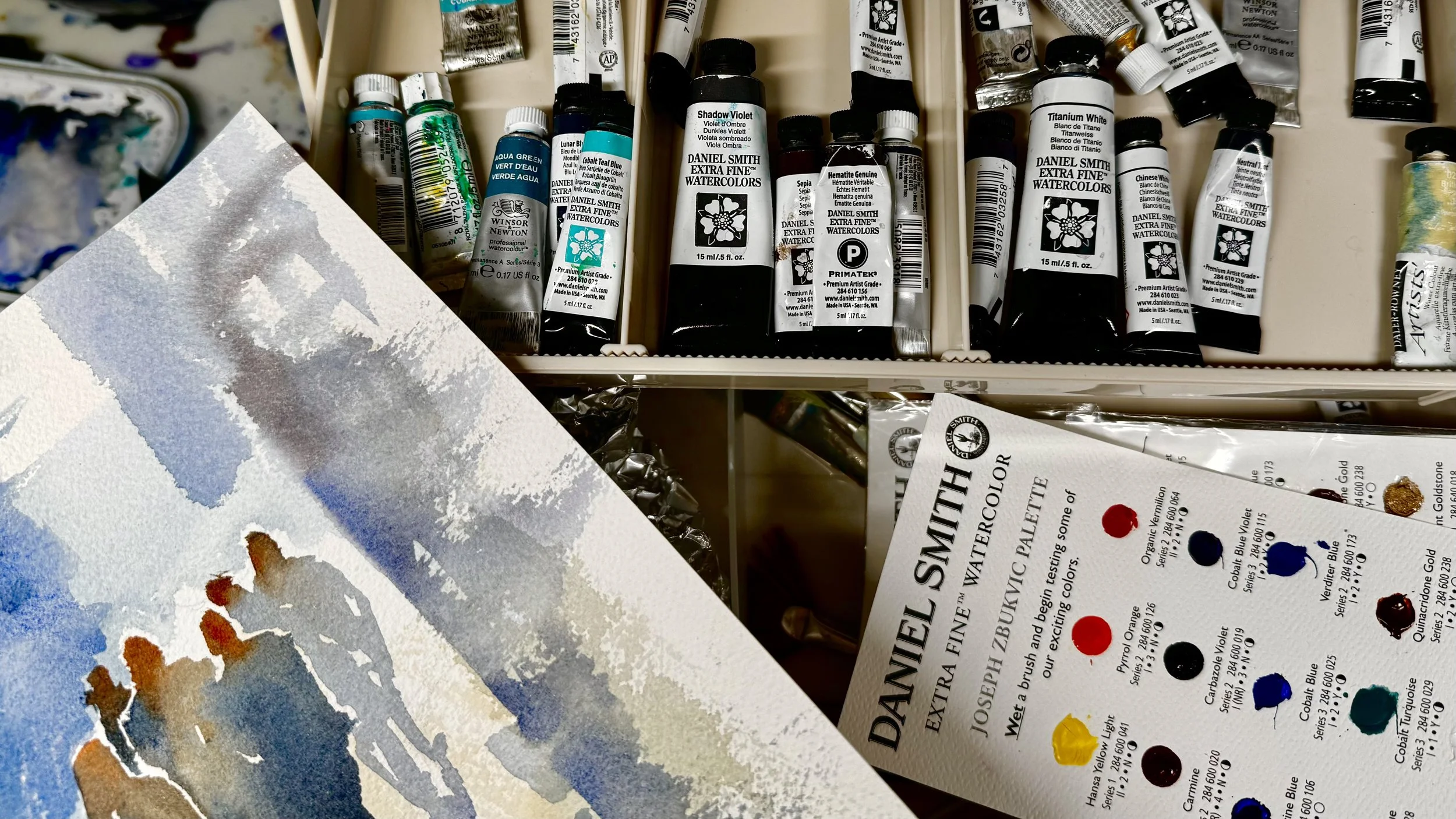Preserving Watercolours
Consider upgrading your chosen artwork to include a UV-protective screen
Learn about what influences the longevity of watercolours
The general advice below reflects widely accepted conservation practices, which can be found in many online resources.
1. Are watercolours prone to fading?
Artwork, whether painted or printed, can retain its beauty for years with proper care. Watercolours, however, are more prone to fading compared to mediums like oils or acrylics due to the thin, translucent layers of paint, which are more delicate.
Fading occurs because high-energy UV light from sunlight breaks down the chemical bonds in pigments. Pigments with a high tolerance to sunlight and slow fading are said to have “good lightfastness”, while those that fade easily are described as having “low lightfastness”.
LIGHTFASTNESS
A pigment's ability to resist fading is largely determined by the quality of paints and the display conditions.
The best way to protect a painting from fading is to keep it out of direct sunlight and shield it with a UV-protective screen.
2. Will standard glass be sufficient, or should I opt for UV protection?
Paintings with standard glass screens are suitable for locations away from bright or direct sunlight, such as a small home office, a staircase, or a room with minimal windows.
If the artwork is displayed in a sunlit area, such as a kitchen extension with abundant light or near large windows, UV-protective screens are highly recommended; otherwise, some pigments may start to fade within months to a year. With proper UV protection, a moderate amount of direct light during the day is generally safe.
SCREEN
Standard glass (left) lacks UV protection and exhibits a faint green tint. UV acrylic (right) is lightweight, shatter-resistant and provides UV protection and clarity.
More information on how to upgrade your screen is available here.
3. Are the paints professional-grade?
Watercolours at Schafernaker Art are crafted using professional-grade paints from renowned brands like Daniel Smith and Winsor & Newton (not sponsored). The paints are celebrated for their vibrant pigments and exceptional lightfastness, making them less likely to fade over time.
PAINTS AND PAPER
Using high-quality watercolour paints and paper helps ensure artwork remains in excellent condition for decades.




